Père David’s deer (Elaphurus davidianus)—also known as the milu—is a large Asiatic deer notable for its unusual appearance. Stags stand about 1.1 m at the shoulder and have heavy legs, broad hooves, a long bushy tail and small ears. The summer coat is reddish‑brown, turning greyish‑brown in winter; antlers fork above the base with the front tine branching and the rear tine sweeping backwards, giving the species the distinction of having antlers that point rearward. Early observers likened the milu to a composite creature with the body of a donkey, the head of a horse, the hooves of a cow, the neck of a camel and the antlers of a deer.

Because the milu is extinct in the wild, hunting occurs only on private game estates and ranches where herds have been established from captive stock. Season dates vary by estate but generally run from late summer through winter; on some European ranches, the season is July–January. Hunters typically stalk along grassy meadows and wood edges, evaluating stags based on antler size and body condition before taking a shot. The animals are heavy—300–500 pounds—and require adequate rifle calibres to ensure clean kills. As with all estate hunts, success rates are high, but ethical outfitters emphasise fair‑chase conditions and careful management of breeding stock.
Père David’s deer were once native to the riverine swamps of northern China but were restricted to the Imperial hunting park south of Beijing when discovered by Western science in 1865. The Chinese herd was destroyed during the Boxer Rebellion in 1900, but a small breeding group taken to England survived at Woburn Abbey; all existing milu descend from this herd. Reintroductions to China began in 1985, and by the early 21st century, more than 2,000 deer lived in captive reserves. The species is classified as Extinct in the Wild; limited hunting on ranches helps fund breeding programmes and maintain genetic diversity, while in situ reserves in China aim to restore free‑ranging populations.
Milu are semi‑aquatic and enjoy wallowing in muddy ponds; their broad, splayed hooves and long legs help them move through swamps. They breed in late spring, and stags gather harems of females and roar to advertise their dominance. The antlers are shed in December and regrown by June. Because these deer were unknown outside the Emperor’s park until the 19th century, they hold a special fascination for historians and hunters alike. Estate hunts often offer opportunities to see other rare species and to support conservation through responsible game management.
Pere David’s Deer can be found in the following location:
Pere David’s Deer has the following variations:
- (Varieties to be confirmed)
Start Your Adventure



